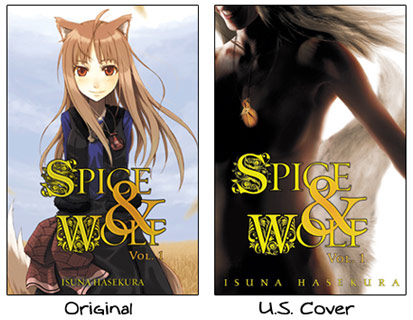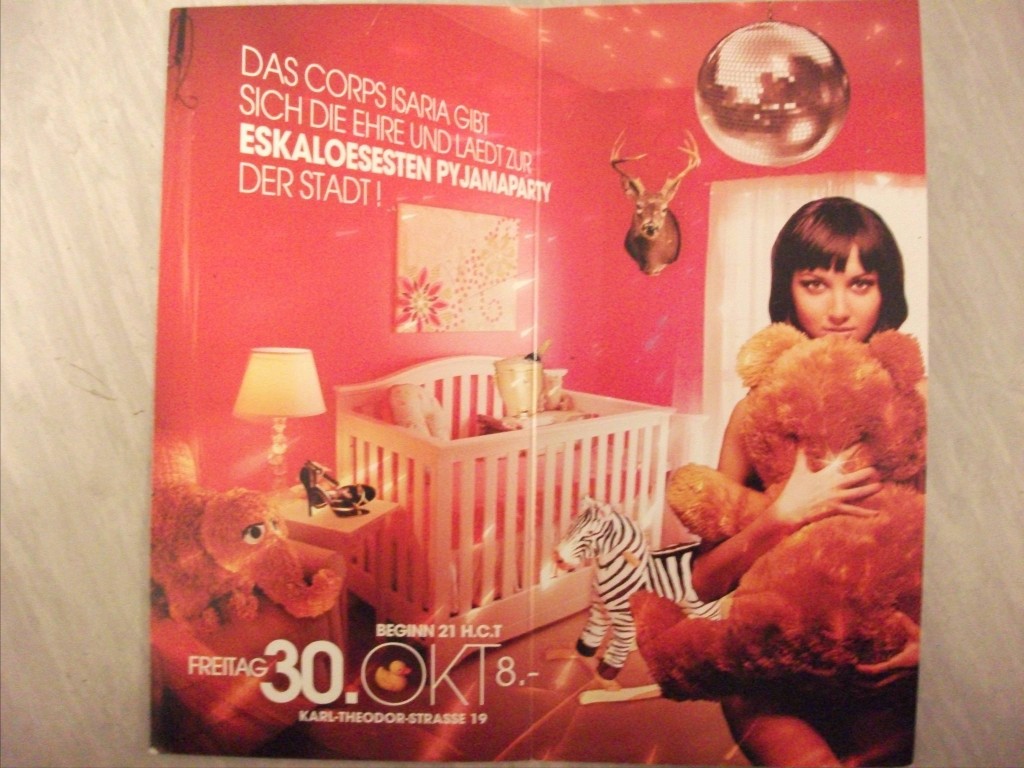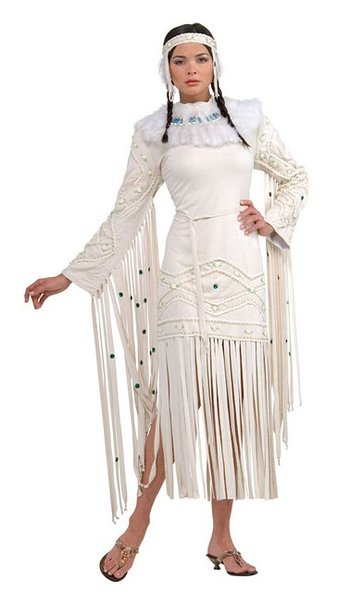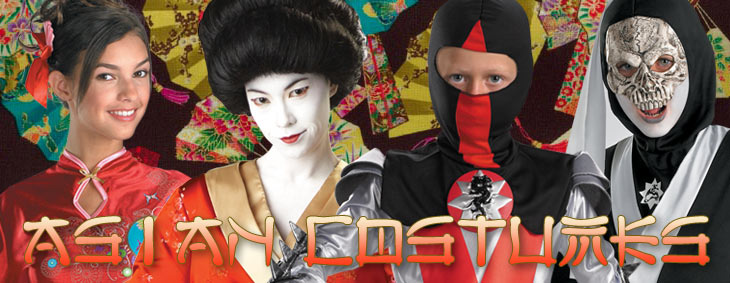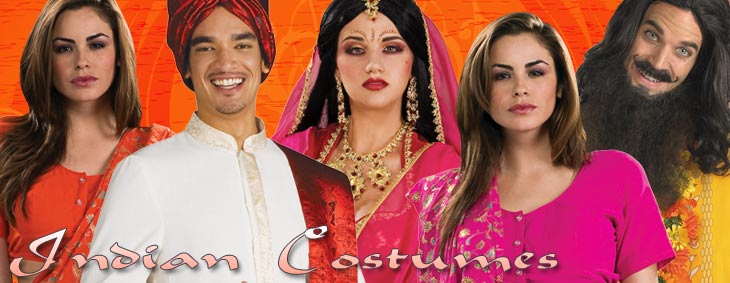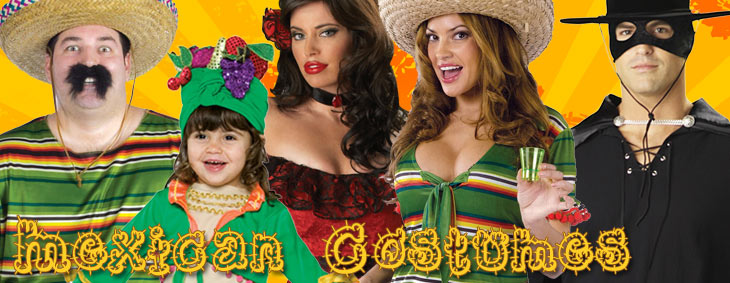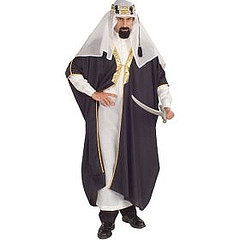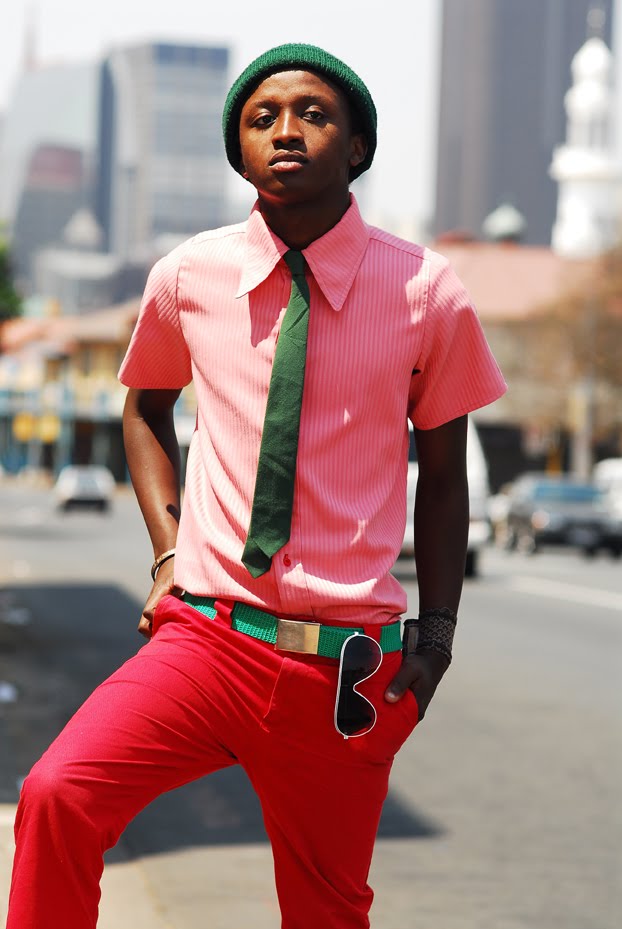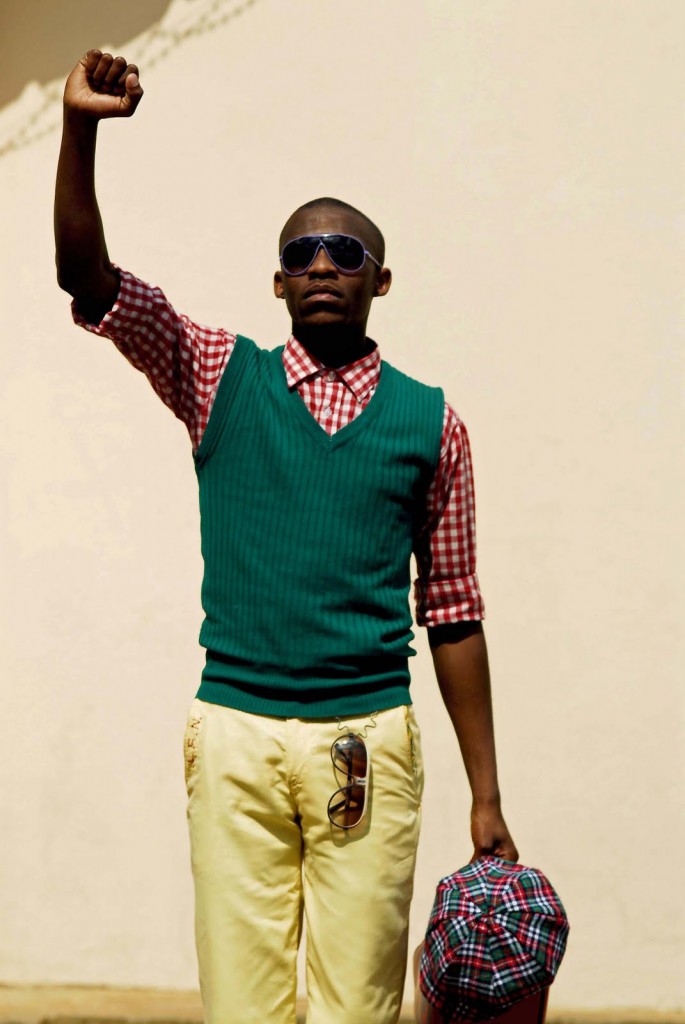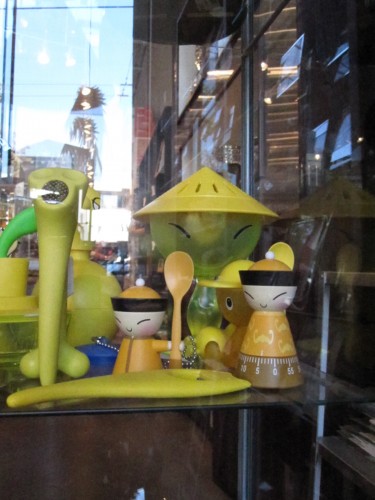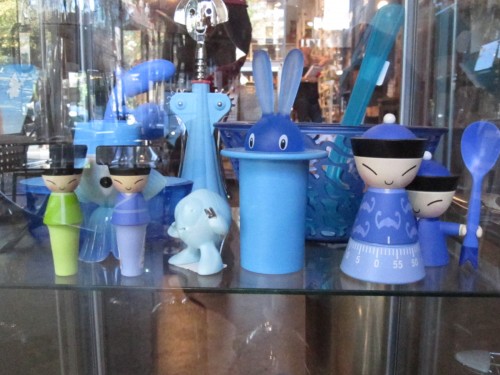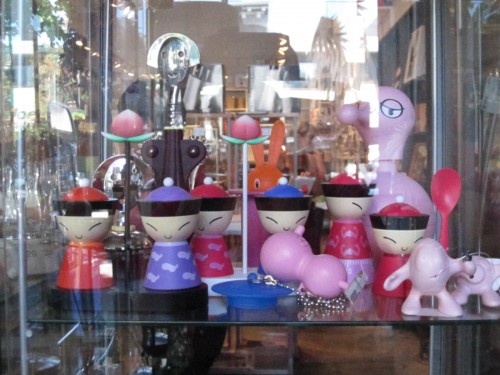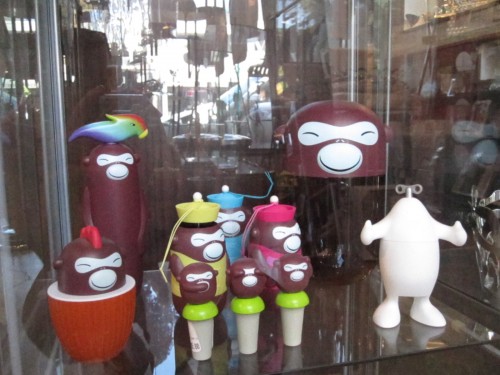At first I thought that this vintage Honda ad was aimed at women who wanted to do lots of “things.” And then I realized, no, despite the fact that all the women look alike, the ad is actually aimed at men who get to have “things,” like “Michelle and Tammy and Alison.”
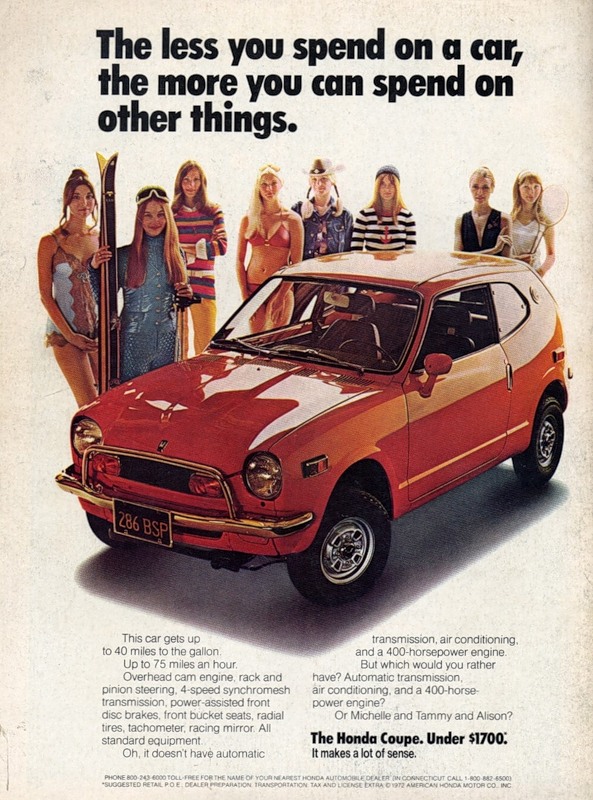
Selected text:
But what would you rather have? Automatic transmission, air conditioning, and a 400-horse-power engine?
Or Michelle and Tammy and Alison?
More examples of women being conflated with things here, here, here, here, here, here, and here.
Found at Vintage Ads.
—————————
Lisa Wade is a professor of sociology at Occidental College. You can follow her on Twitter and Facebook.

